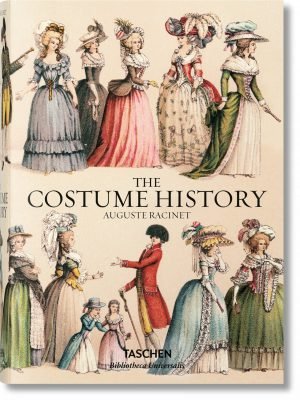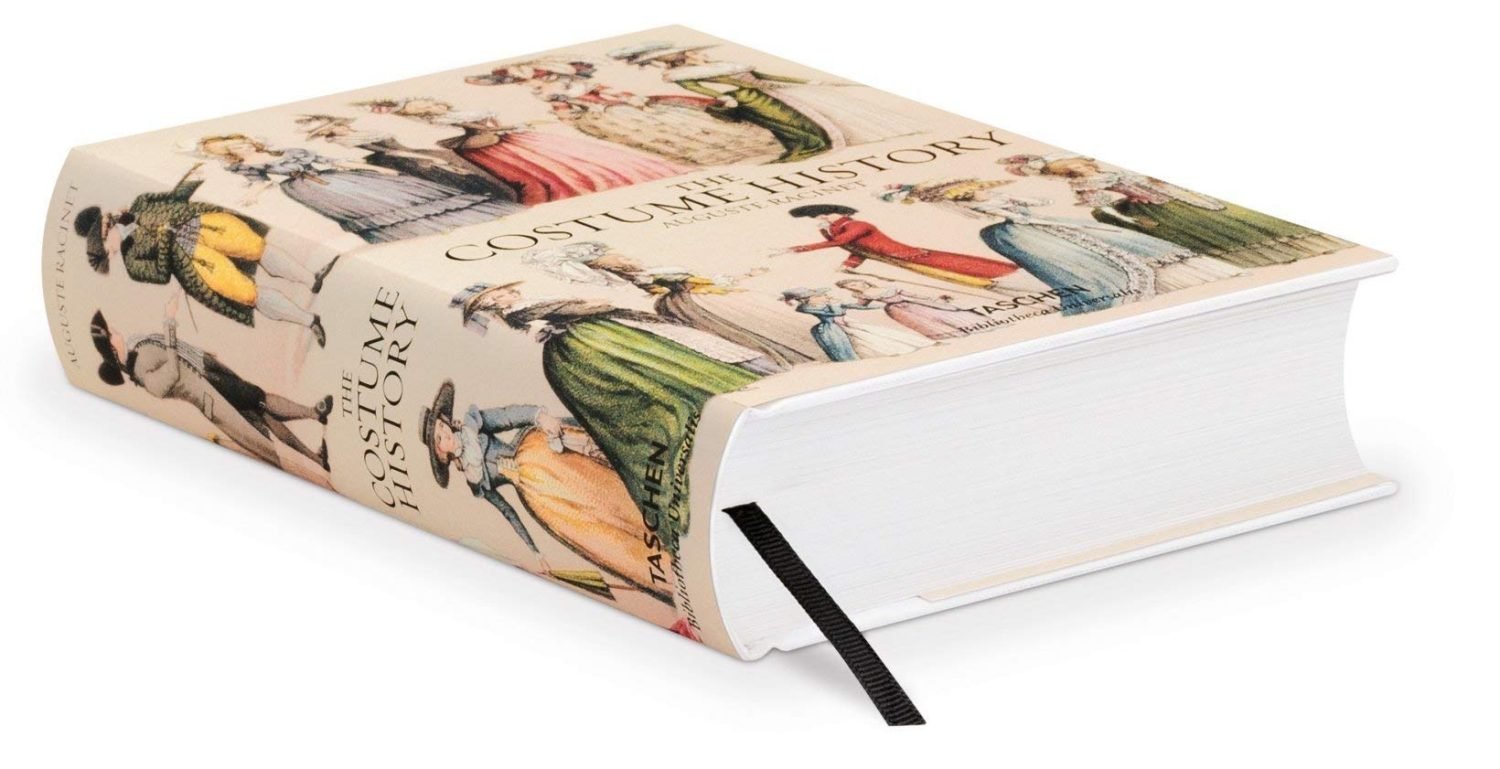Assyrian-Babylonian culture of the ancient world. Furniture, architecture, rulers, soldiers, weapons, slaves, customs.
ASSYRIA. COSTUMES, WEAPONS AND FURNITURE.
The archaeological finds in Greece, especially in Mycenae and Spata near Athens (Greek: Σπάτα), and in Cyprus have made the connection of the Hellenic culture with the Assyrian-Babylonian one a certainty.
From the banks of the Euphrates and the Tigris, Asian culture seems to have spread via the Hebrews, the Phoenicians, who were the main bearers and pioneers of this culture, via the islands of the Mediterranean and Asia Minor to Hellas, where after centuries it appeared in that characteristic form that we call classical art and culture. The Hebrews, who long lived as prisoners among the Babylonians, also seem to have played a mediating role.
Hiram, king of Tyros, commissioned Phoenician builders to build his temple, who also took care of the figurative decoration, lions, bulls and cherubs. Of course, they followed the Assyrian patterns. The wings of the cherubim point to the wing shapes that are often found on the alabaster reliefs of the royal palaces of Nimrud, Khorsabad ( Dur-Sharrukin ) and Nineveh, as well as on the ruined hills of Kujundschik. These monuments will therefore also be the main source for those artists who want to treat biblical objects with archaeological fidelity in costumes.
No. 1 is a relief fragment depicting Assur-akh-bal (Assurbanipal, Aššur-bāni-apli), the Sardanapal of the Greeks, lying on a resting bed, and at the foot of the bed his wife, seated on a lower throne. The seat of the throne is covered with mats, as is the high footstool. The king is dressed in a tunic with short sleeves. His head is covered with a headband consisting of a leather bandage on which golden rosettes are pinned. These rosettes, of driven work, show an aster-like ornament. Schliemann also found such gold plates in the graves of Mycenae. The tunic also seems to be sewn with similar ornaments. From the bandeau, ribbons fall down onto the back. He wears earrings and bracelets. His hair and beard are curled to the most delicate and turned into long curls. This treatment of the hair was characteristic for the Asians who indulged in luxury, that Daniel said of King Nebuchadnezzar (around 620 BC): “His main hair is like combed out wool”.
The Assyrians anointed their hair with fragrances and braided it with gold thread or powdered it with gold dust. The rulers put make-up on their faces and painted their eyebrows. Sardanapal leads a drinking bowl to the lips with the hand, which can be of metal, alabaster, porcelain, but also of crystal. Because the oldest samples of transparent glass found in Nineveh bear his name. Around his feet a blanket is wrapped with a delicate border and tassel.
Slaves with headbands and long fringed robes hold fly whisks in their hands, which are made of peacock feathers. The queen wears a tiara without side bands. The hair of the women is similarly cared for as that of the men, only the hairstyle is less extensive. The shoes are closed. The table shows the form of a tripod, later used by the Greeks and Romans, in whose cauldron they poured wine or water for sacrifices or drinking. Next to it is a device for burning the perfumes that probably played a major role in the luxurious life of the Assyrian rulers of Nineveh.
Nos. 5, 6, 7 show that even the common soldiers cared for their hair as carefully as their kings and leaders. The cutting of the hair, which sometimes happened to the defeated, was the highest insult. Leaders and soldiers tattooed themselves. “They all wore,” Lucian tells us, “markings on their heads and hands in honor of the Syrian goddess.” Like the Egyptians, the Assyrians made extensive use of wigs.
The character of the furniture is in keeping with the architecture. The daybed is decorated with fine sculptures, especially animal figures, in which the Assyrian artists had achieved great skill. The bed, the throne of the queen and the table are covered with ivory, tortoiseshell, metal and the like, as it was later found by the Romans, who imitated Asian luxury. At the table, one leaned on the left elbow and ate and drank with the right hand, as was customary with the Greeks and Romans.
Table no. 2 is similar to no. 1, no. 8 is a low table and no. 9 is a stool with cushion and fringed curtain and matching footstool resting on lion feet. It is also a royal seat.
The long straight sword (no. 3), which one carried on the left side, just like the quiver (no. 4), and the straight dagger (no. 10), which one put into the belt, belong to the military equipment, just like the high shields of the foot fighters, one of which looks like a movable chest guard. These shields (nos. 5, 6, 7) were usually made of wickerwork covered with leather.
(These representations come from the palaces of Nimrud and Kujjundschik, which stand on the site of ancient Nineveh, and are borrowed from alabaster reliefs excavated by Layard and his successor Ormuzd Rassam. They are currently in the British Museum. They were created in the 9th, 8th and 7th centuries before Christ. Cf. P. E. Botta et Flandin, Monuments de Ninive, Paris 1849- 1850, 5 vols. A. H. Layard, The Monuments of Nineveh, London 1849-1853, 2 vols. Ders. Niniveh and its remains and Discoveries in the Ruins of Niniveh and Babylon, London 1853; V. Place, Ninive et l’Assyrie, Paris 1867-1870, 3 vols.)
Source: History of the costume in chronological development by Auguste Racinet. Edited by Adolf Rosenberg. Berlin 1888.
Continuing









